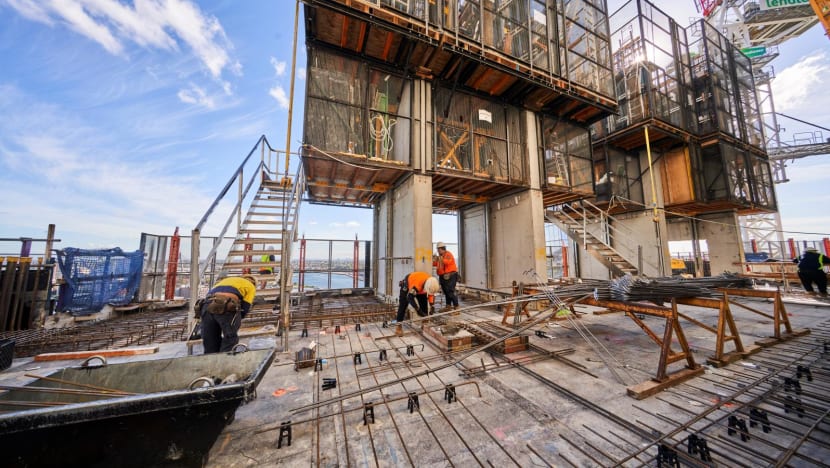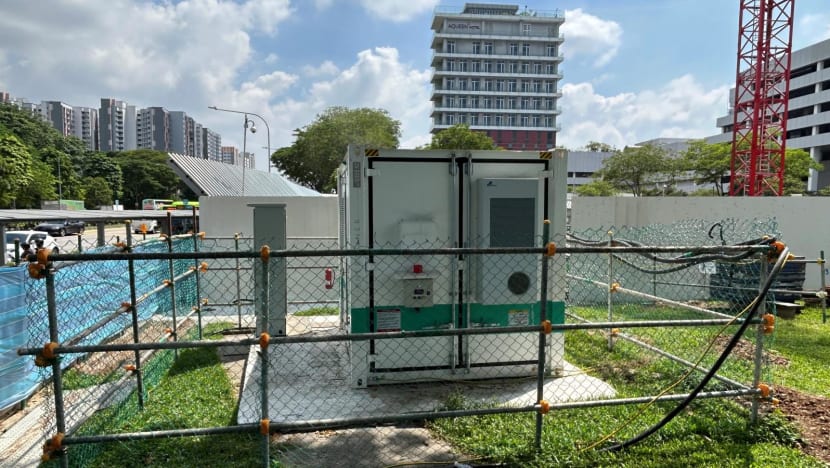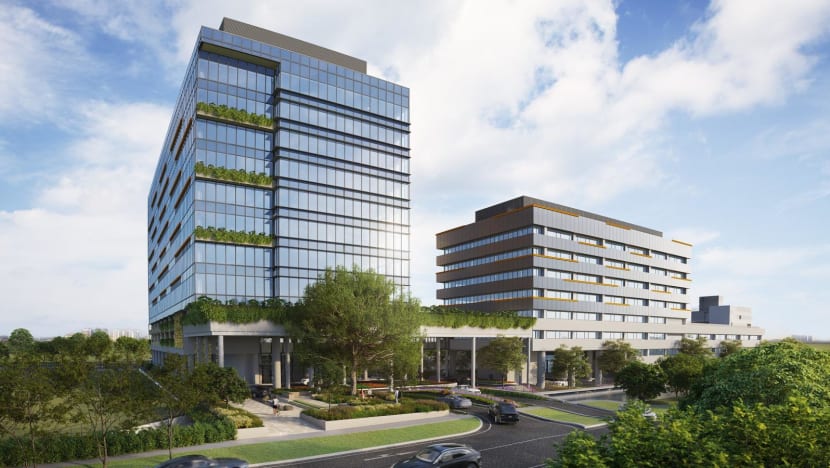Navigating urbanisation in a net-zero era
Amid the climate emergency, it is imperative to adopt sustainable building strategies, create circular business models and forge partnerships within the real estate industry, says an expert from Lendlease.

Lendlease is committed to building a better future through its raft of sustainability initiatives. Photos and artist's impression: Lendlease
To shape a more sustainable way of life and ensure its preservation for future generations, there is a need to rethink how cities of tomorrow are developed.
More than ever, the world needs innovative models to address the complex challenges posed by rapid urbanisation, fuelled by increased building stock, a car-centric transport system, unchecked resource consumption as well as ageing infrastructure.
With the built environment contributing to an estimated 42 per cent of the world’s annual global carbon emissions, the building and real estate sector has a key role to play in addressing the climate crisis and minimising its associated effects, including extreme weather, heat stress and wildfires.
REDUCING EMISSIONS
While the road to decarbonising the sector is challenging, some organisations such as global integrated real estate group Lendlease have taken proactive measures by setting ambitious targets and aligning with recognised frameworks such as the Science Based Targets initiative.
Amid the global push to achieve net-zero emissions by 2050, Lendlease is charting a path towards Absolute Zero by 2040 and transforming its value chain in the process.
According to Ms Joelle Chen, head of sustainability, Asia, Lendlease, the organisation is committed to eliminating emissions from three key sources: Direct emissions from owned or controlled sources (Scope 1), indirect emissions from the consumption of purchased electricity (Scope 2) and indirect emissions that occur in its value chain (Scope 3).
Emissions within Lendlease’s value chain encompass upstream activities such as the production and transportation of building materials, as well as downstream activities that include tenants’ use of electricity and natural gas.
Ms Chen pointed out that approximately 90 per cent of the organisation’s total carbon emissions were attributed to Scope 3 emissions. She elaborated: “Key reduction challenges include poor data quality, inconsistent interpretation of Scope 3 boundaries as well as emissions from materials that are hard to reduce, like concrete and steel.”
To accelerate the transition to a low-emissions future, Lendlease recently launched the Scope 3 Emissions Protocol that encourages industry-wide measurement and the sharing of verified data.
SUSTAINABLE BUILDING STRATEGIES

In addition to measures such as materials innovation, improving process efficiency and closing material loops, reducing emissions from energy usage on construction sites is an important aspect of the industry’s green transformation.
In its Mission Zero roadmap, Lendlease has outlined a strategy to eliminate the use of fossil fuels in construction. For instance, the organisation has committed to accelerating the deployment of electric construction machinery and equipment to 100 per cent of its sites in Asia by 2035.
Where electric options are not available, Lendlease plans to substitute mineral diesel – a fossil fuel – with renewable diesel, an alternative fuel made from fats and vegetable oils.
To manage the cost of sustainable construction, Ms Chen emphasised the importance of prioritising quick wins and a clear return on investment. For example, using a smart energy storage system instead of traditional diesel-powered generators reduces carbon emissions by up to 85 per cent and offers potential cost savings of up to 20 per cent. “Replacing two diesel generators with one battery energy storage system can save up to 472 man-days annually by eliminating the need for refuelling and maintenance,” she shared.
THE GREENING OF ESTABLISHED STRUCTURES

Apart from improving the sustainability performance of new construction, it is crucial to retrofit existing structures to meet net-zero carbon objectives, said Ms Chen. In Singapore, the goal is to have 80 per cent of all buildings greened by 2030, according to the Building and Construction Authority (BCA)’s Green Building Masterplan.
An estimate from JLL states that with 80 per cent of buildings in mature cities expected to still be in use in 2050, 3 to 3.5 per cent of these buildings should be retrofitted every year to bring the sector to alignment with net-zero targets.
To accelerate the pace of retrofitting, the BCA launched S$63 million in fresh funding in June 2022 for the second iteration of the Green Mark Incentive Scheme for Existing Buildings scheme. “The grant serves as an incentive for building owners to aim for enhanced energy efficiency when upgrading brown assets (buildings and infrastructure with an environmental impact that is less than desirable), potentially accelerating the return on investment for the initial retrofit and safeguarding against devaluation in the future,” Ms Chen explained.
Paya Lebar Green, a joint venture between Certis and Lendlease, is set to be one of Singapore’s most sustainable retrofitted buildings upon its completion in 2024. The project achieved a remarkable 98 per cent recycling rate during its demolition, in line with Lendlease’s sustainability efforts. As a Green Mark 2021 Platinum Super Low Energy development, Paya Lebar Green efficiently harnesses solar power from its rooftop and and is built with materials that have a lower environmental impact.
IT TAKES A VILLAGE

Since its arrival in Singapore 50 years ago, Lendlease has contributed to shaping the city’s skyline through the completion of over 400 projects.
The organisation actively seeks to foster long-term partnerships and create win-win outcomes as part of its mission to advance sustainability. “Lendlease has joined the United Nations Race to Zero initiative to rally investors, peers and partners to set science-based targets in our collective journey towards a more environmentally responsible future,” shared Ms Chen.
Its current raft of measures includes committing through SteelZero to halving its emissions from steel by 2030 and using net-zero steel by 2040; conducting research and development and increasing market accessibility for sustainable timber products from Stora Enso; using high-grade green concrete – known as CarbonCure – from Pan-United; as well as harnessing carbon-neutral LED lighting from Signify.
Additionally, Lendlease partnered with the World Green Building Council to tackle the climate emergency through two strategies: Extending the collective impact beyond operational carbon to include embodied carbon, and outlining a comprehensive framework for actions and policies that will drive systemic change within the real estate industry.
By taking the lead in transforming the construction sector, Lendlease is driving meaningful action towards decarbonisation and playing a pivotal role in developing green cities of the future.
Learn more about how Lendlease is doing its part for the environment and communities worldwide.
















